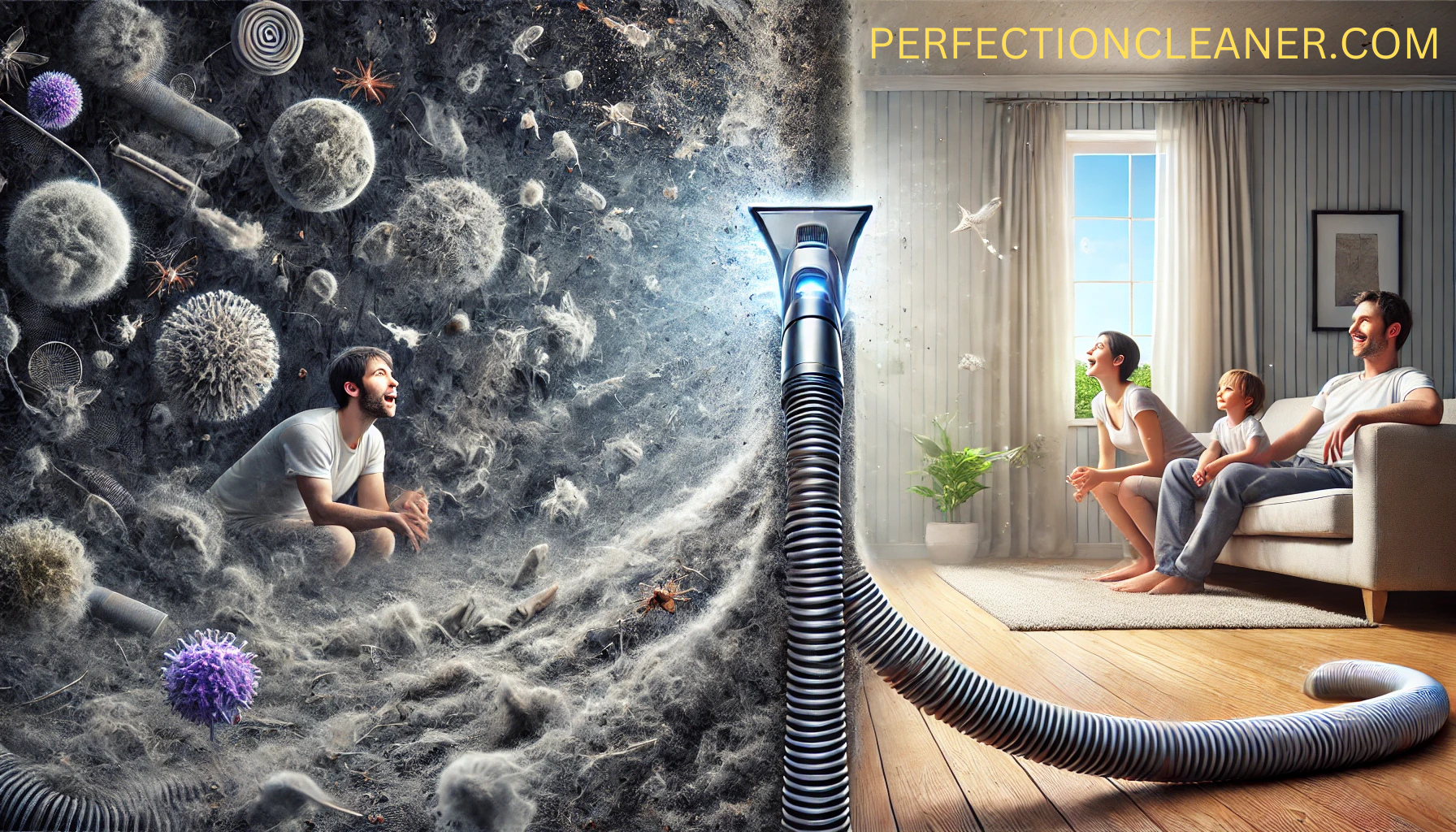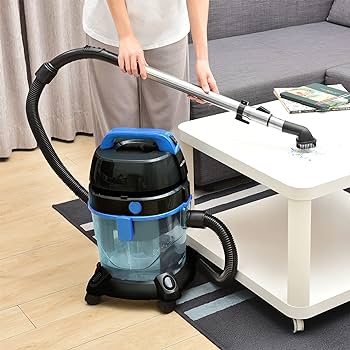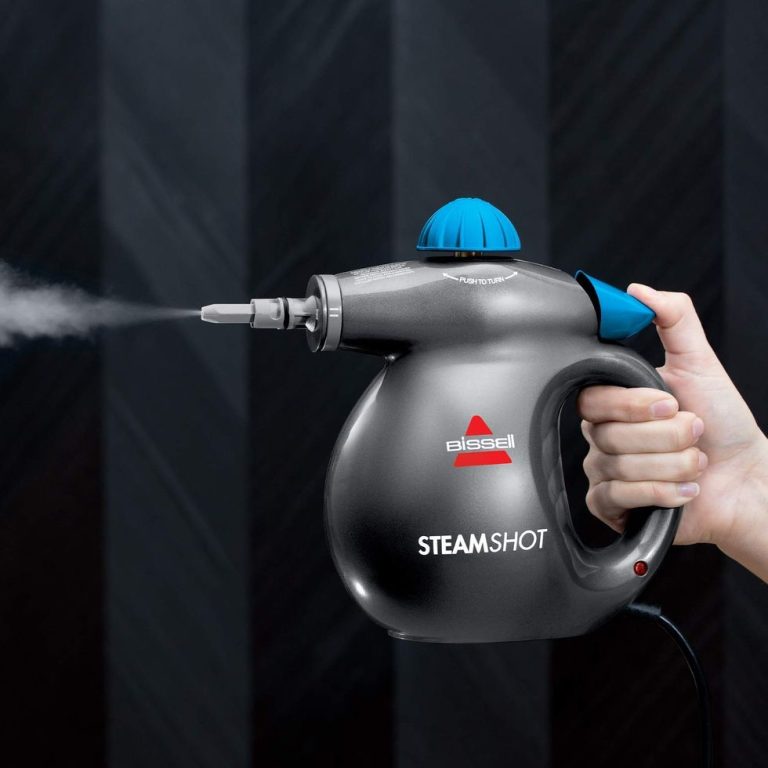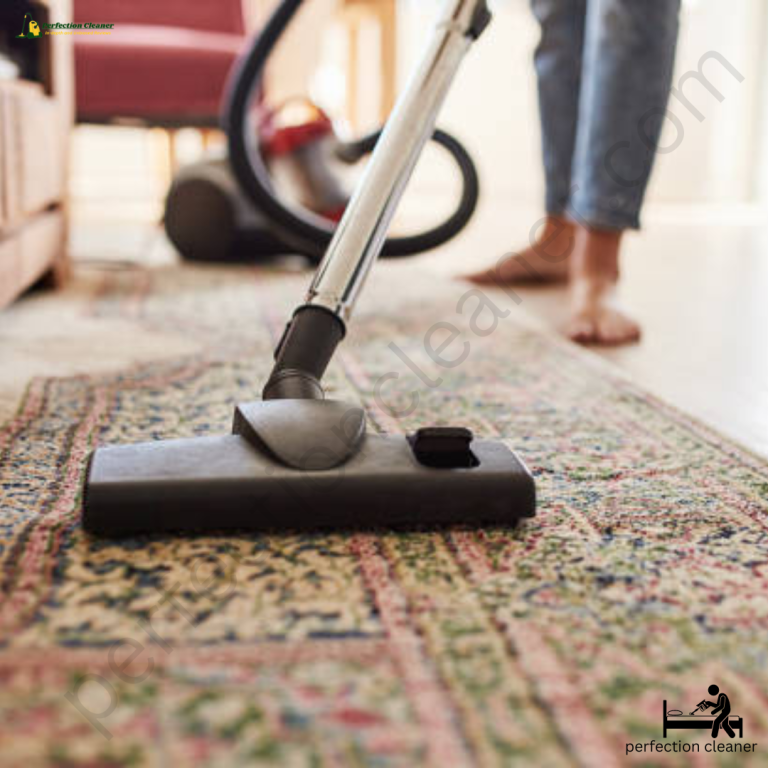The Ultimate Guide to Cleaning Your Vacuum Hose: A Step-by-Step Handbook for Peak Performance
Vacuum cleaners are indispensable tools for maintaining clean homes and workplaces, but their efficiency hinges on one often-overlooked component: the vacuum hose. Over time, hoses accumulate dust, debris, hair, and mould, leading to clogs, reduced suction power, and unpleasant odours. Cleaning your vacuum hose isn’t just about hygiene—it’s about extending the lifespan of your machine and ensuring it operates at peak performance.
In an era where clean living spaces are synonymous with well-being, the humble vacuum cleaner has become a cornerstone of modern hygiene. Yet, lurking within this indispensable appliance is a component that often escapes our attention—the vacuum hose. Much like the human body’s arteries, the hose is the lifeline of your vacuum, channelling dirt, debris, and allergens away from your floors. But just as clogged arteries can lead to systemic failure, a neglected hose can cripple your vacuum’s efficiency, turning a tool designed to purify your home into a silent saboteur of air quality and hygiene.
Consider this: the average household vacuum ingests over 30 pounds of dust annually, with a significant portion lingering in the hose’s labyrinthine folds. Over time, this debris amalgamates into stubborn clogs, while moisture from spills or humidity fosters mould colonies. The consequences are far-reaching reduced suction power, skyrocketing energy bills, and even respiratory issues from recirculated allergens. Worse, many users mistakenly blame their vacuum’s “declining performance” on ageing motors, unaware that a 10-minute hose cleanse could restore its vigour.
This guide isn’t merely about maintenance. it’s a manifesto for reclaiming control over your environment. Whether you’re a busy parent battling pet hair, a DIY enthusiast rehabbing vintage appliances, or an eco-conscious homeowner minimizing waste, mastering hose care is a skill that pays dividends in health, savings, and sustainability. Let’s journey to transform this overlooked tube into a beacon of efficiency.
Why Cleaning Your Vacuum Hose Matters
The Hidden Costs of Neglect
A clogged or dirty hose forces your vacuum’s motor to work harder, increasing energy consumption by up to 30% and shortening its lifespan. Dust buildup also traps allergens like pollen and pet dander, recirculating them into your home.
Health Risks
Mould spores thrive in damp, dark hoses, especially in wet/dry vacuums used for liquid spills. Inhaling these spores can trigger asthma attacks or allergic reactions. A 2022 study in Indoor Air Journal found that 47% of household vacuums tested positive for mould.

Tools and Materials You’ll Need
The Rise of Smart Cleaning Gadgets
For tech-savvy users, innovative tools are revolutionizing hose maintenance:
- Endoscopic cameras: These 50−50−100 waterproof cameras attach to your smartphone, letting you inspect clogs in real time. Brands like Depstech offer models with LED lights for dark hose interiors.
- Laser particle counters: Measure post-cleaning air quality to ensure no contaminants linger.
- Robotic cleaners: Devices like the FlexiSnake DrainMillipede crawl through hoses, scrubbing walls and dislodging debris autonomously.
How to Clean Vacuum Hose step by step
Step 1—Preparing Your Vacuum for Cleaning
- Unplug the Vacuum: Avoid electrocution risks.
- Detach the Hose: Refer to your user manual. Some models require twisting, and others have clips.
- Inspect for Damage: Look for cracks, holes, or warping.
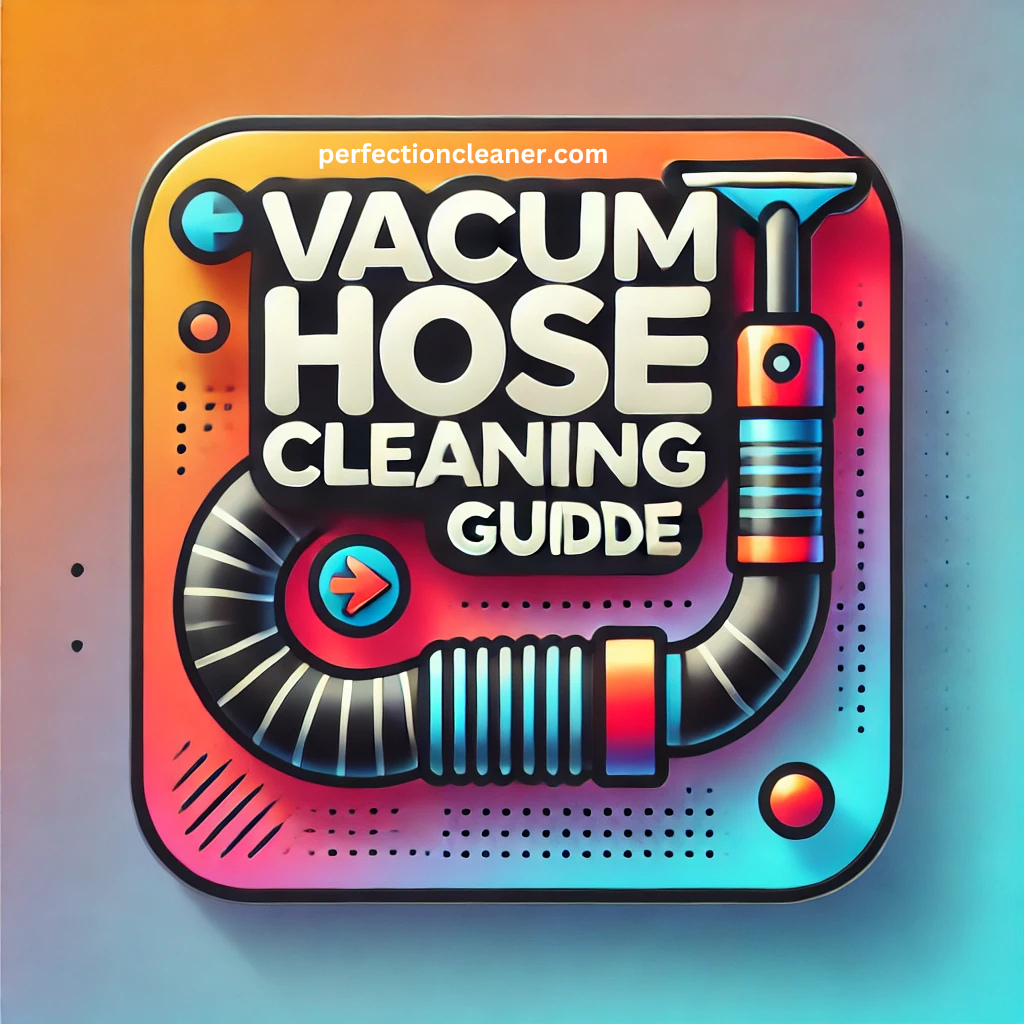
Step 2—Removing Surface Debris
- Shake Vigorously: Hold the hose vertically and tap it against a trash can.
- Brush the Interior: Use a bottle brush with stiff bristles for stuck-on dirt.
Pro Tip: For pet hair, wrap duct tape around a stick (sticky side out) and slide it through the hose.

Step 3—Tackling Stubborn Clog
The Paperclip Method
- Straighten a large paperclip and bend one end into a hook.
- Insert it into the hose and gently pull the debris backwards (never push, which worsens clogs).
High-Pressure Air
- Attach an air compressor nozzle to the hose end.
- Set to 30 PSI and blast air through in short bursts.
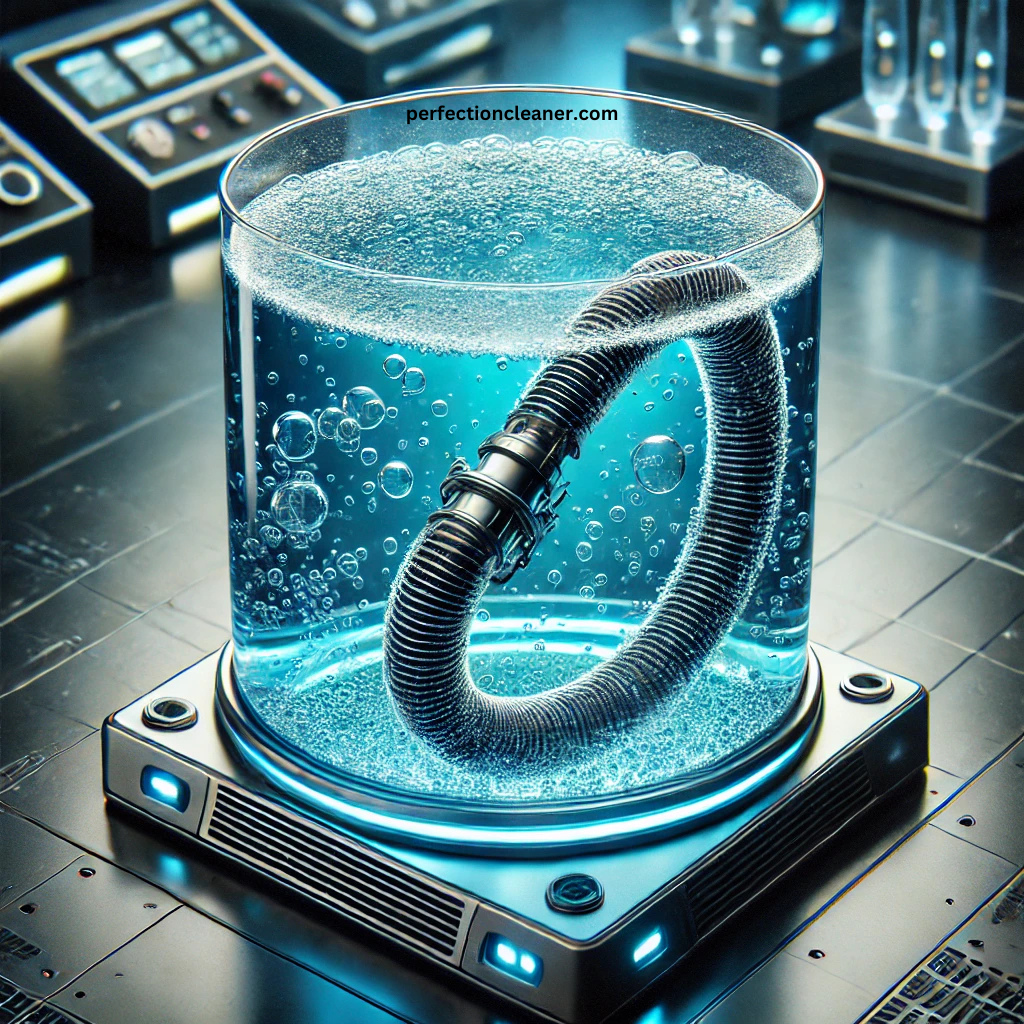
Step 4—Deep Cleaning and Sanitizing
Vinegar Soak for Odors
- Submerge the hose in a tub of 1:1 white vinegar and warm water.
- Soak for 1 hour, then rinse with a garden hose.
Mold Remediation
- Mix 1 tsp tea tree oil (natural antifungal) with 1 cup water.
- Pour into the hose, let sit for 20 minutes, then scrub with a brush.
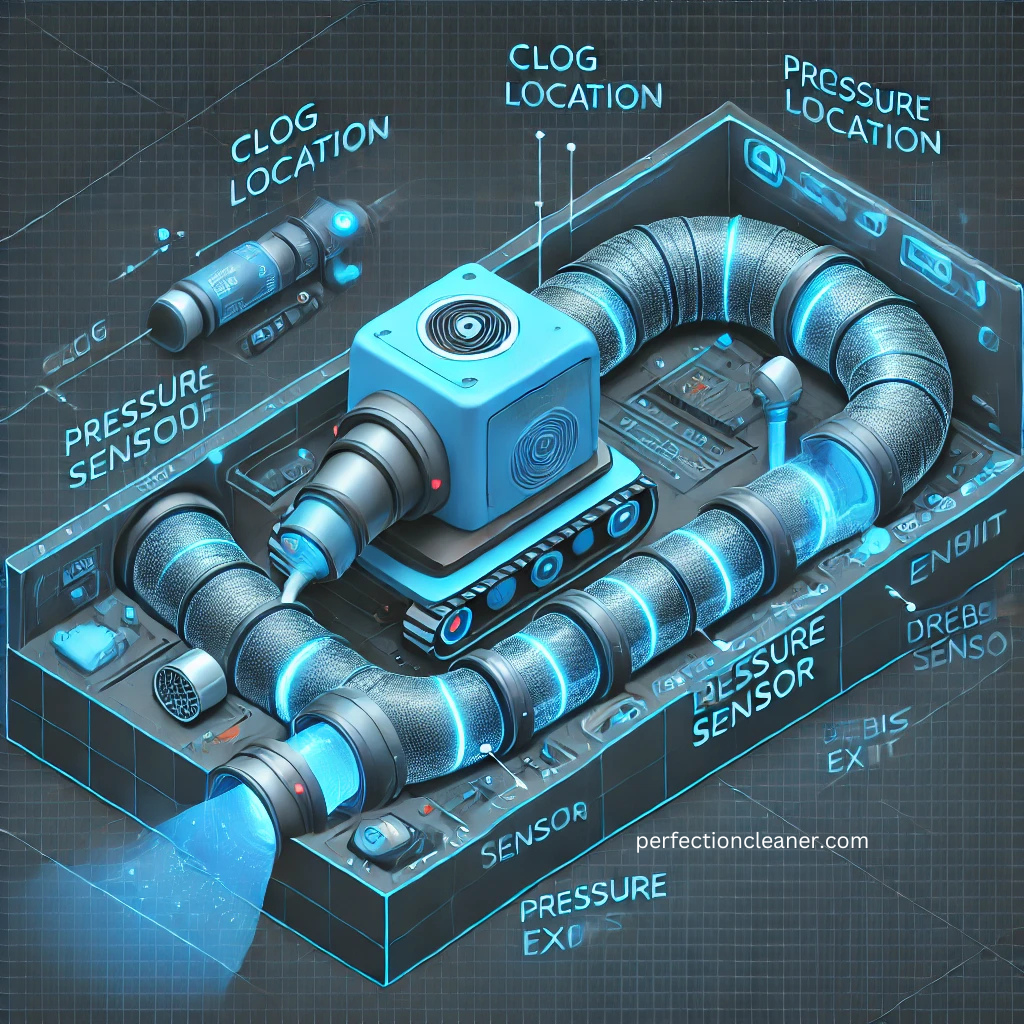
Step 5—Drying and Reassembly
- Air-Dry Naturally: Hang the hose outdoors or near a fan for 4–6 hours.
- Avoid Heat Sources: Hairdryers can warp plastic.
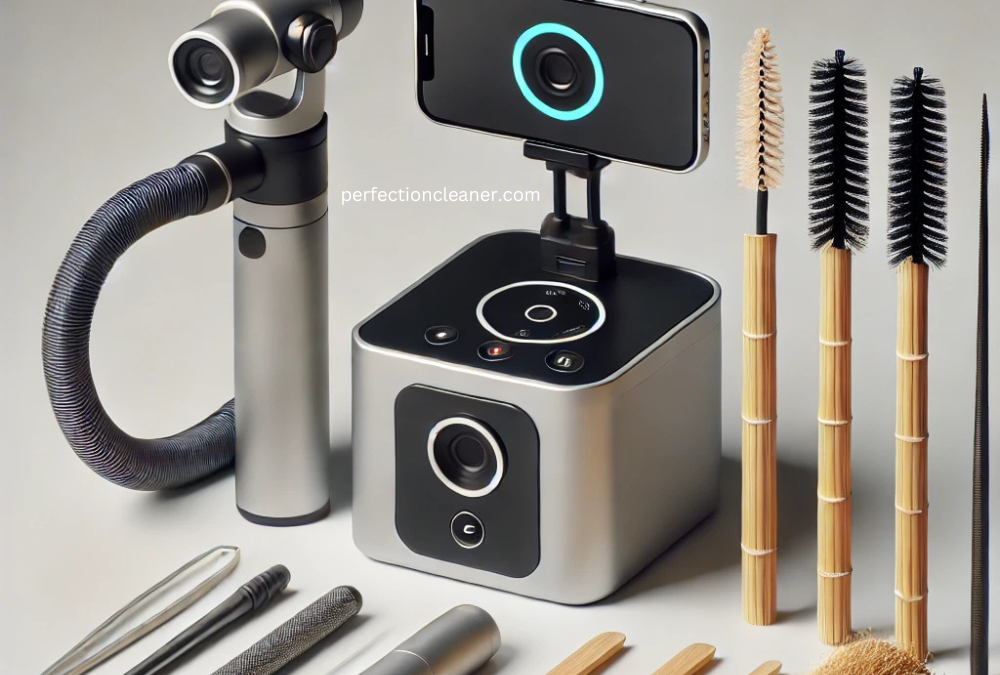
Preventive Maintenance
- Monthly: Use compressed air to clear dust.
- Quarterly: Sanitize with vinegar or tea tree oil.
Troubleshooting
Persistent Odors
- Check for dead insects or rodent nests. Soak the hose in an enzyme-based pet odor eliminator.
Cracks and Leaks
- Patch small holes with silicone tape (heat-resistant and flexible).
Eco-Friendly Hacks
- Lemon Rind Freshener: Toss a dried lemon peel into the hose and run the vacuum to spread citrus scent.
- Biodegradable Brush: Use a bamboo bottle brush instead of plastic.
FAQs
Can I Wash My Hose in the Dishwasher?
Answer: Only if it’s labelled “dishwasher-safe.” Most rubber hoses will degrade.
Is Mold in My Vacuum Hose Dangerous?
Answer: Yes! Black mould (Stachybotrys) can cause respiratory issues. Sanitize immediately.
Conclusion
A clean vacuum hose is the unsung hero of effective cleaning. By following this guide, you’ll not only boost your vacuum’s performance but also create a healthier living environment. Share these tips with friends—or better yet, gift them a deep-cleaned hose!
Cleaning your vacuum hose is more than a chore—it’s an act of mechanical empathy, a small yet profound gesture that honours the tools enabling our clean, comfortable lives. By adopting the strategies in this guide, you’re not only resurrecting your vacuum’s suction power but also shielding your home from invisible threats like mould and allergens. Imagine the ripple effect: every unclogged hose means fewer vacuums discarded prematurely, reducing landfill waste. Every sanitized hose means cleaner air for children, pets, and allergy sufferers.
But the journey doesn’t end here. As smart home technology advances, vacuums are evolving into connected devices that alert users to clogs or mould risks. Yet, even the most sophisticated AI cannot replace the satisfaction of hands-on care. So, bookmark this guide, share it with a neighbour, or tuck it into your toolbox as a manifesto for mindful maintenance.
Next time you hear your vacuum hum to life, remember: its heartbeat depends on the hose you’ve nurtured. In a world chasing disposable convenience, you’ve chosen stewardship. a quiet rebellion against waste, a commitment to longevity. Here’s to cleaner floors, healthier air, and the quiet pride of a machine whispering, “Thank you.”
Find More about Vacuum Cleaner:
Miele Vacuum Hose Replacement, What is a perfect vacuum hydraulics, How should I vacuum my car AC system, which is better: duct cleaning with vacuum or pressure, Which Miele Vacuum to Buy?, Shark vs. Dyson Vacuums: Which Vacuum Brand is Better?, HomePro Handheld Vacuum,

